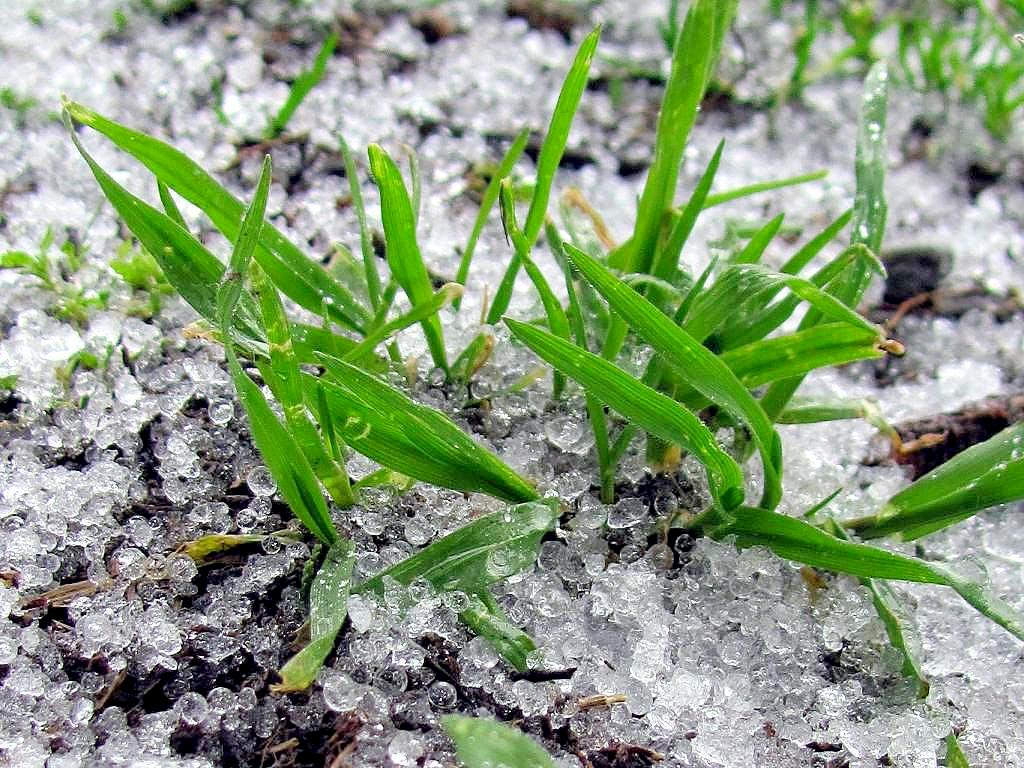Unfortunately, the work of maintaining a garden and a yard does not end or even slow down during the winter. There are a variety of tasks that you must do to prepare your yard and garden for the spring. Some of these tasks are absolutely necessary to have a great looking yard and a productive garden in the spring.
Fertilization of your yard shouldn’t stop during the winter. Depending on the area that you live in and the temperature that winter brings, you need to fertilize at least once a month during the winter. One of the most important reasons to fertilize during the winter is to prevent a huge crop of weeds coming up during the spring.
Winter is also the time of year that you add lime, gypsum, or other additives to your soil to accommodate the lack of the “perfect” soil to grow the grass in your yard. Cutting is also important at the beginning of winter. But don’t cut your grass too short. The prefect height is between two and three inches. You may need to cut your grass more than once to achieve the correct winter height without damaging your grass.
The correct height of grass also prevents having to deal with so much winter thatch in the spring. Thatch is natural but too much thatch can prevent aeration and fertilization that lawns need in the winter.
Winter is the perfect time to make ornamental additions to your landscape. Remember that your grass is dormant and not dead. It is a little easier to remove dormant grass so you do less work adding a decoration or building to your yard in the winter.
If you have evergreens then you must remember to water these plants and shrubs regularly during the winter because evergreens are still growing in the winter but not as fast as they do in summer. Watering will assure your evergreens look their best in the spring.
Winter requires a massive garden and lawn cleaning. You need to remove any dead grass, all dead foliage, and any dead leaves or branches that have accumulated in your garden, on trees, and in your yard. The removal of the dead material in winter helps plants and trees grow better in the spring. Some soil preparation and fertilization may be needed depending on what you grow in your garden.
Delicate plants need cover if the temperature in your area gets below 25 degrees Fahrenheit and stays below this temperature for several days. Cover the roots with mulch that is the correct type for your plants. Tarps work well for covering a large number of delicate plants. You need to insure that the cover is anchored securely so the wind does not blow the cover off and harm your delicate plants.
Landscape care and garden work during the winter are essential for having the best looking, most healthy, and fastest growing grass and garden plants in the spring!

